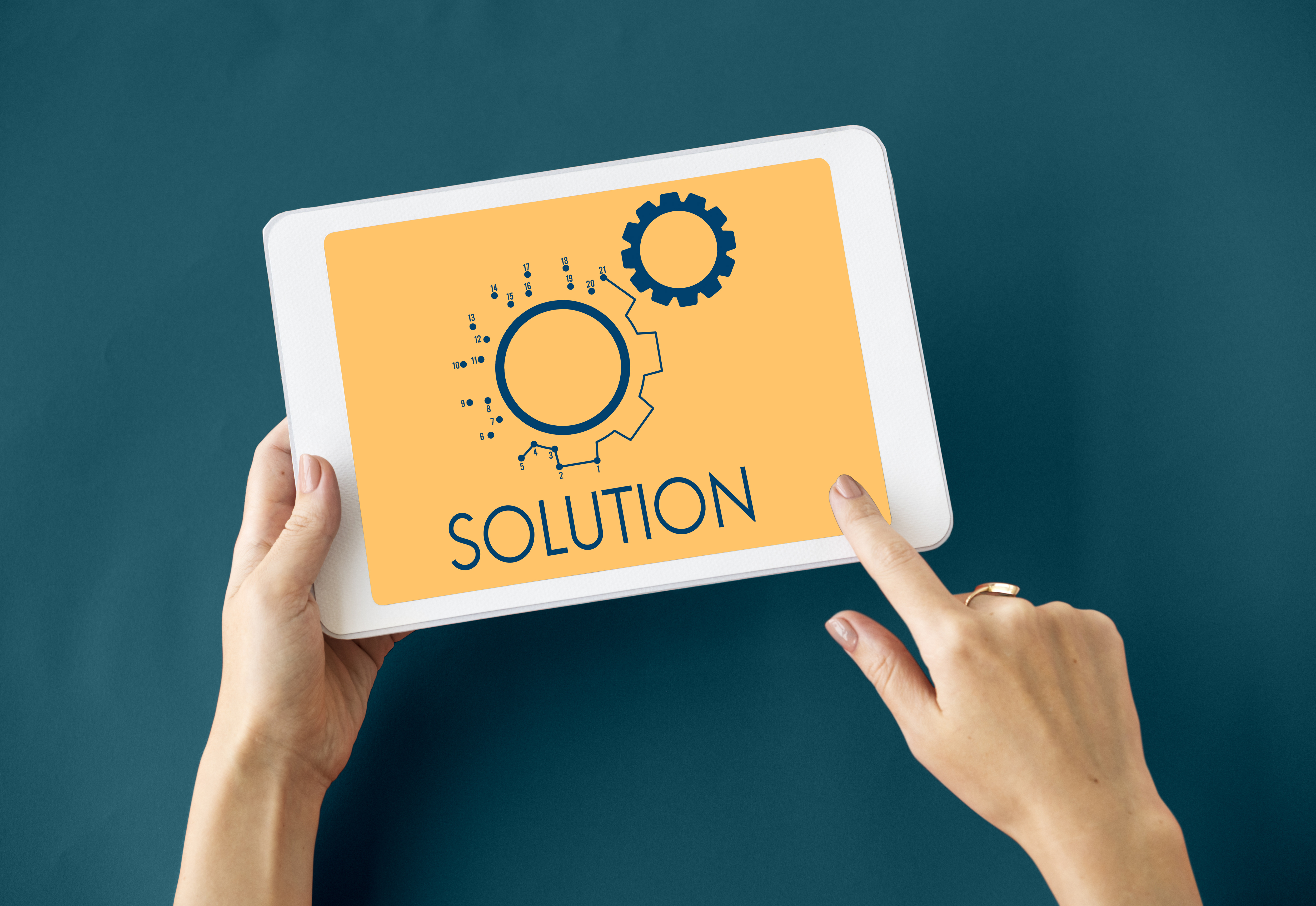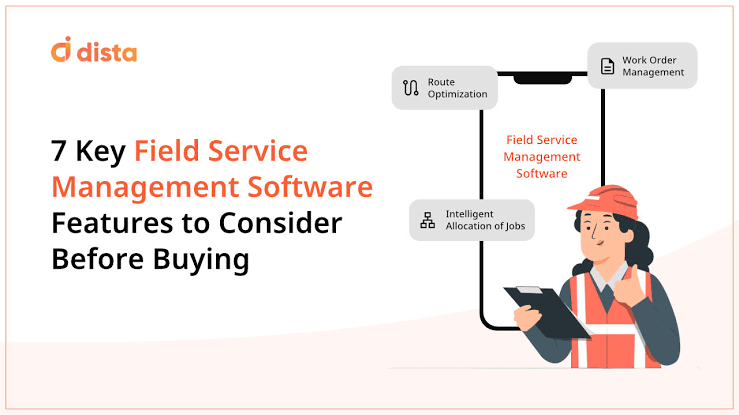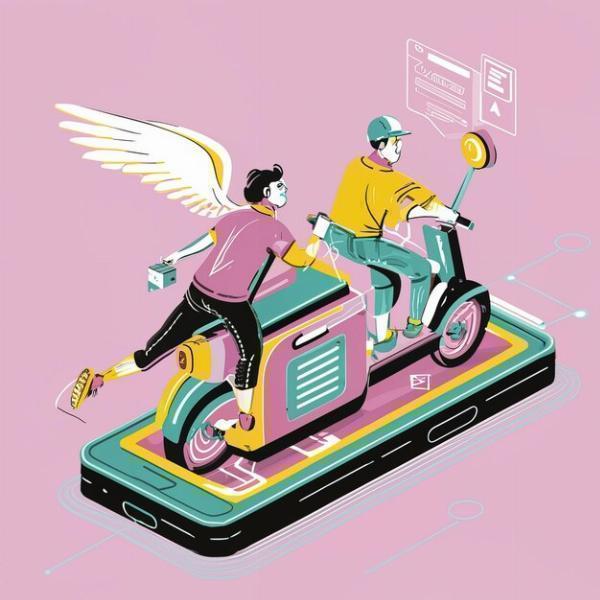The Future of Software Development with Large Language Models (LLMs)

Strong 8k brings an ultra-HD IPTV experience to your living room and your pocket.
Software development has always evolved alongside advancements in technology—from punch cards and procedural code to cloud-native platforms and microservices. But with the advent of Large Language Models (LLMs), the discipline is entering a transformative era. Unlike previous generations of tools, LLMs don’t just accelerate workflows—they fundamentally change how software is conceived, built, tested, and maintained.
In this blog, we’ll explore how LLMs are reshaping software development, what this means for developers, and how businesses can prepare for an LLM-powered future.
Rethinking the Role of Developers
Software developers are no longer limited to writing code line by line. With the integration of LLMs into development environments, the focus is gradually shifting from "writing code" to "orchestrating logic."
LLMs enable developers to:
- Generate entire functions from prompts.
- Get real-time documentation and suggestions.
- Translate natural language descriptions into working code.
- Refactor legacy code without manual rewrites.
This means that developers of tomorrow won’t just be coders—they’ll be problem solvers, systems thinkers, and AI collaborators. Instead of relying solely on syntax or frameworks, they'll focus more on intent and architecture, leaving much of the repetitive work to intelligent assistants.
But that doesn't mean the role of the developer is diminishing. On the contrary, human oversight, creativity, and contextual judgment are becoming more critical. LLMs are powerful, but they require human guidance to harness their potential responsibly.
Accelerated Development Cycles
Time-to-market is a vital KPI for software teams. LLMs are streamlining everything from requirements gathering and prototyping to debugging and deployment. By embedding LLMs into CI/CD pipelines and IDEs, teams are significantly reducing development cycles.
Here’s how:
- Instant Documentation: LLMs can auto-generate inline documentation, API descriptions, and usage examples.
- Proactive Error Detection: They can highlight potential bugs or inefficiencies before runtime.
- Versioning Support: LLMs can help compare changes across branches or recommend merging strategies.
As a result, teams can launch products faster, iterate more frequently, and respond to user feedback in near real-time. Agile and DevOps methodologies are evolving to accommodate AI as a team member—automated but intelligent.
Enhancing Collaboration Between Stakeholders
One of the most underrated transformations brought by LLMs is the improved communication between technical and non-technical stakeholders.
Product managers, designers, and business analysts can now describe their vision in plain language and have LLMs translate that into wireframes, code snippets, or technical specifications. This shift breaks down communication silos and ensures that the initial product vision is more accurately translated into code.
Imagine a scenario where:
- A non-technical founder inputs a product idea.
- The LLM generates a scaffolded architecture and a working MVP.
- Developers then refine and productionize the prototype.
This new model democratizes access to software development, enabling more voices to participate in the creation process.
The Rise of LLM Product Development
As businesses begin adopting LLMs for internal use, many are also building products with LLMs at their core. This is giving rise to a new category of software—LLM product development—where the model itself is a central feature, not just a tool.
These products are characterized by:
- Human-AI collaboration interfaces (e.g., copilots or chat interfaces).
- Adaptive systems that learn from user behavior.
- Context-aware automation across domains like law, healthcare, and finance.
Organizations engaging in LLM product development must consider challenges like fine-tuning, data privacy, prompt engineering, and latency. Unlike traditional apps, these products are probabilistic by nature, adding new dimensions to testing, UX design, and ethical evaluation.
Companies that treat LLMs as living systems, not static codebases, will be better positioned to unlock sustainable value.
New Paradigms in Testing and Quality Assurance
Quality assurance (QA) in the era of LLMs isn’t just about code correctness—it’s about behavior verification. Because LLM-generated code can be non-deterministic or context-sensitive, testing must evolve.
We’re beginning to see the rise of:
- Prompt Unit Testing: Where prompts are tested with expected and edge-case responses.
- Behavioral Monitoring: Ongoing analysis of how the LLM performs in production environments.
- Red-Teaming: Security experts probing the model for bias, hallucinations, or adversarial vulnerabilities.
Moreover, LLMs themselves can assist in writing test cases, identifying blind spots, and automating UI testing workflows, further streamlining the QA process.
Security and Compliance Implications
As with any transformative technology, LLMs bring both opportunity and risk. Code generated by LLMs can inadvertently introduce vulnerabilities, copyright concerns, or logic flaws that aren't immediately visible.
For secure development practices, developers and security teams need to:
- Vet AI-generated code with rigorous reviews.
- Integrate static and dynamic analysis tools.
- Audit LLM training data where possible.
- Ensure compliance with data regulations like GDPR or HIPAA.
Governance is no longer optional—it must be built into the software pipeline. Companies developing LLM-powered applications will also need internal guidelines for responsible AI usage, transparency, and traceability.
Skills Developers Need to Stay Ahead
As LLMs take on more of the mechanical aspects of development, human skills must adapt. Here's what developers will need in the coming years:
Prompt Engineering: Crafting precise, effective prompts is becoming a key development skill. Think of it as the new syntax mastery.
Critical Thinking: Developers must validate AI outputs and understand why something works, not just that it works.
Model Literacy: Knowing how LLMs work (transformers, tokenization, embeddings) will help developers fine-tune and adapt models responsibly.
Ethical Awareness: Understanding the societal impacts of LLM decisions, especially in sensitive domains, is now part of the developer’s toolkit.
In short, the developer of the future is part coder, part AI trainer, part ethical technologist.
Opportunities for Small Teams and Startups
Perhaps the most democratizing aspect of LLMs in software development is the leveling of the playing field. Small teams can now:
- Build complex systems with fewer developers.
- Offer enterprise-grade features like chatbots, document summarization, or analytics without building from scratch.
- Compete in domains traditionally dominated by resource-rich enterprises.
Open-source LLMs (like Mistral or LLaMA) and platforms (like LangChain or Semantic Kernel) are giving startups the building blocks to innovate rapidly. With careful architecture and ethical considerations, lean teams can deliver cutting-edge experiences at speed.
LLMs and the Future of No-Code and Low-Code Platforms
The line between code and no-code is also blurring. LLMs empower users to speak their intent and get functional outputs. Expect to see:
- AI-powered UI builders that generate frontend components from descriptions.
- Auto-integrators that connect APIs and databases through conversation.
- Custom workflow builders that require no syntax, only logic expressed in plain English.
These capabilities won’t replace developers but will instead empower business users to contribute more meaningfully. Developers will increasingly play the role of integrators and validators in these hybrid environments.
Ethical and Societal Considerations
We can't talk about the future without addressing the responsibilities that come with power. LLMs can encode bias, generate harmful content, or mislead users if not designed carefully.
Software teams will need to:
- Create transparent audit trails for AI-generated code.
- Implement fairness and inclusion frameworks in model behavior.
- Educate users about model limitations and set clear boundaries.
In sectors like healthcare, education, and finance, ethical guardrails will be non-negotiable. LLMs should augment human decision-making, not override it.
Conclusion: Building the Future, Thoughtfully
LLMs are more than a passing trend—they represent a fundamental shift in how we approach software development. From redefining the role of the developer to enabling LLM product development, the field is being rewritten in real time.
But while the tools are changing, the core principles of great software remain: clarity, intent, empathy for users, and accountability. The future belongs not to those who blindly adopt LLMs, but to those who thoughtfully integrate them—balancing speed with safety, automation with ethics, and innovation with intent.
The next generation of software will be co-created—by humans and machines, working side-by-side. That’s not science fiction. That’s the roadmap.
Note: IndiBlogHub features both user-submitted and editorial content. We do not verify third-party contributions. Read our Disclaimer and Privacy Policyfor details.







